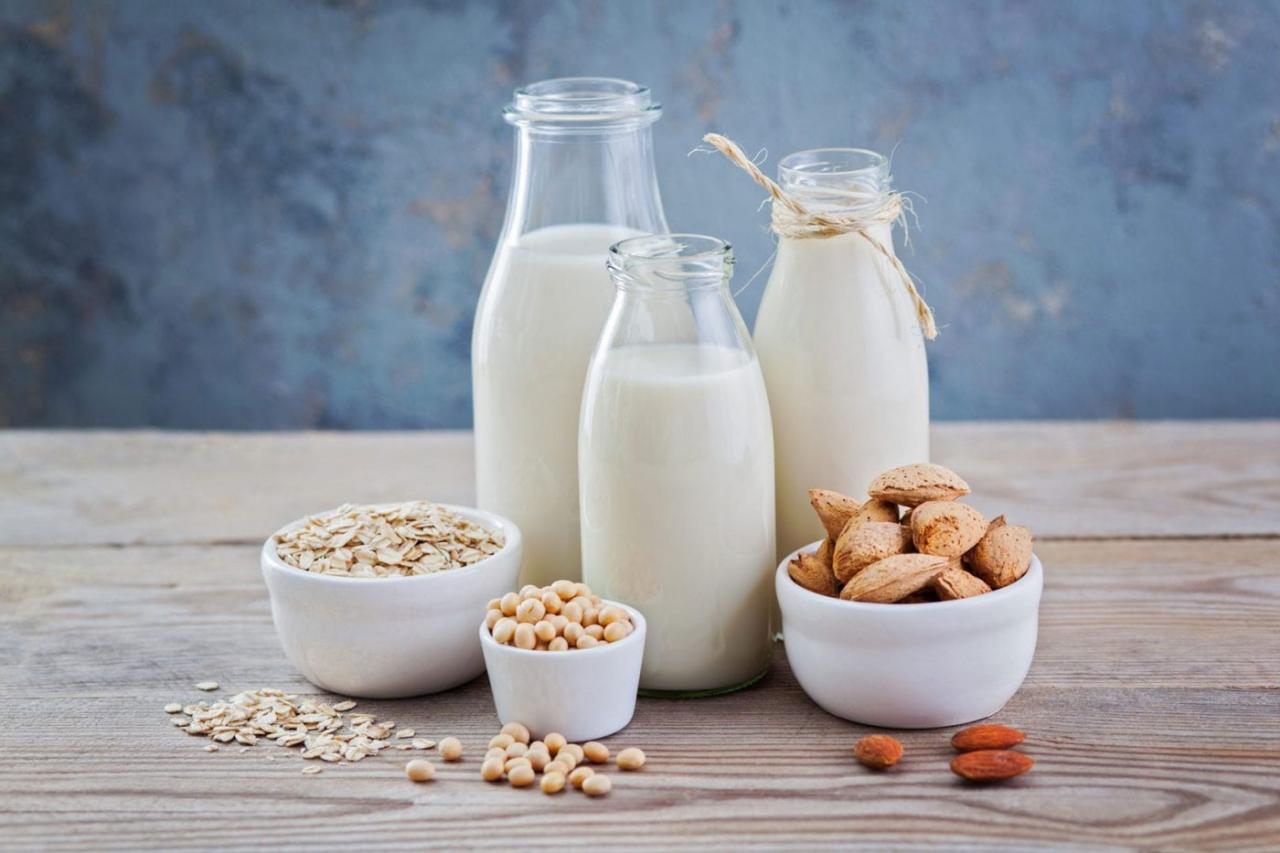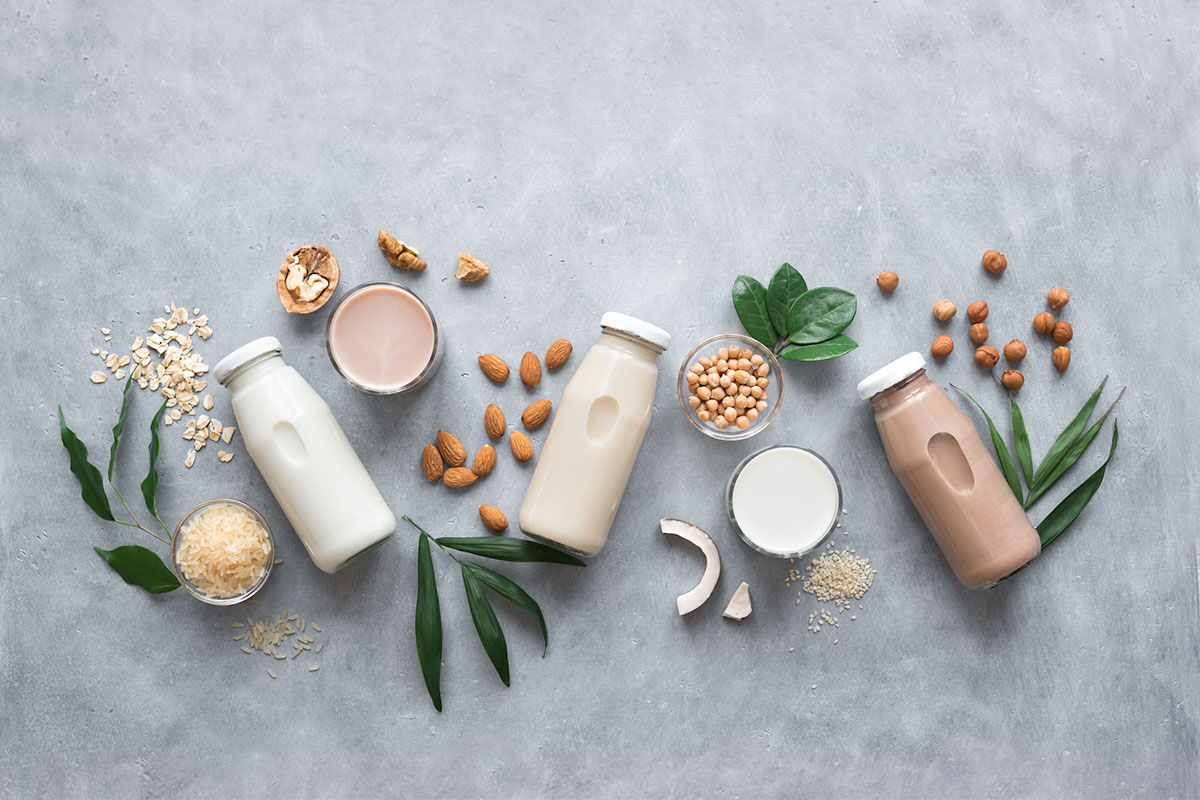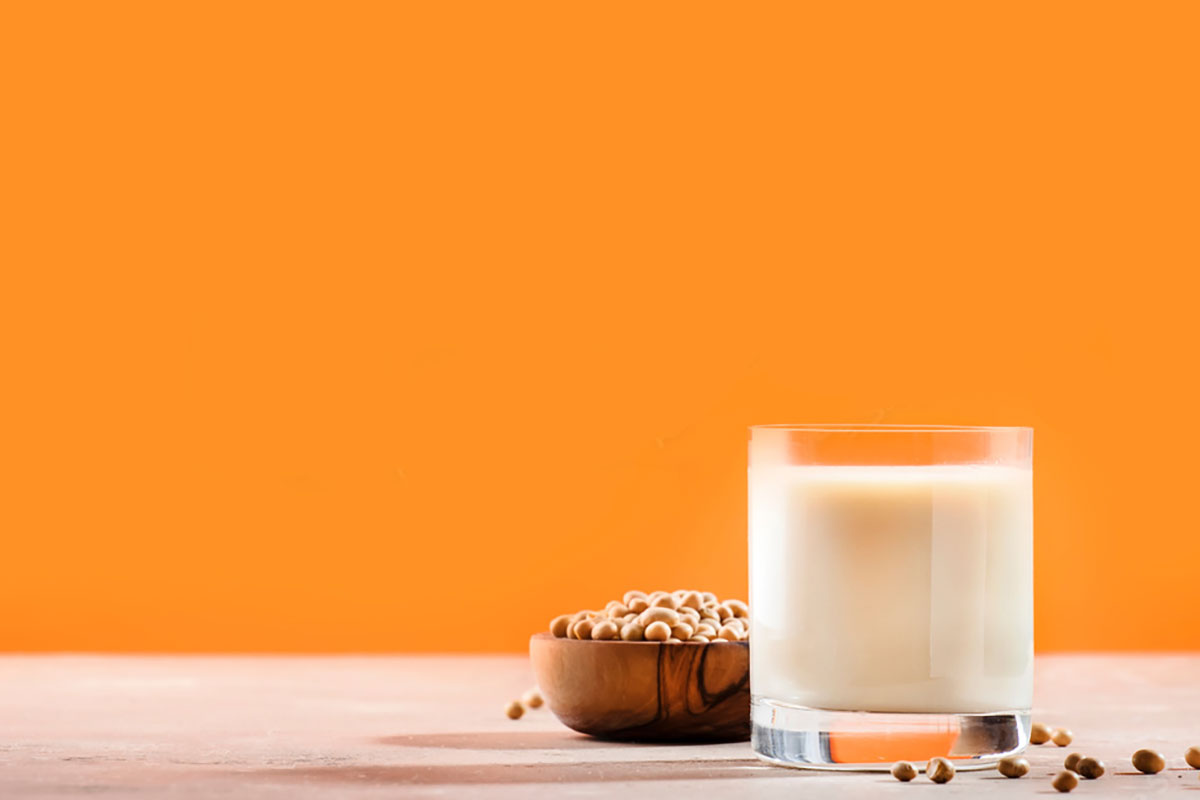
The astonishing “not milk” is a fairly new product for most Russians. In fact, it is a vegetarian drink that has nothing to do with cow’s milk – except for its appearance, which explains the sonorous name.
Plant-based milk is often thought to be better than regular milk because it does not contain the typical components of bovine (notably lactose and casein) – but is that really the case? Should we give up cow’s milk and replace it with plant milk?
Vegetable milk – what is it?
Plant milk is a drink made by soaking legumes or cereals, then pressing and straining them. The resulting liquid is most often white and is called vegetable milk.
The original reason the word “milk” was used was because it was a substitute for cow’s milk, much like vegans use the word “cutlet” or “burger” to denote meat-like, plant-based dishes.
It is important to note that most plant-based dairy products contain a variety of additives to improve texture and flavor. For example, many manufacturers add sugar or other sweeteners. In addition, thickeners and stabilizers are usually responsible for thickening the beverage.
How is it produced?
In fact, plant milk is a mixture of water and powdered particles – which is why sediment builds up when made at home. In order for the drink to be thick and homogeneous, thickeners are needed.
A typical thickener used in plant milk is carrageenan, a seaweed extract and a natural gelling agent.
By its structure, the substance is a heteropolysaccharide – that is, a complex carbohydrate and one of the types of soluble fiber.
How to choose the best?

The six most popular types of plant-based milk are almond, oat, soy, coconut, pea, and rice.
Although the conversation about their benefits and harms will ultimately come down to an analysis of the composition of specific brands, several general points can be distinguished¹:
1. Almond milk
Compared to regular cow’s milk, almond milk contains 96% less saturated fat and has about 40 calories per cup. However, the amount of protein in the composition is noticeably inferior not only to cow, but also to almonds themselves – only 1 g of protein per glass of drink.
2. Oat milk
The calorie content of a glass of oat milk is comparable to the calorie content of regular fat milk – 120 kcal versus 150 kcal. Although the drink is low in fat (less than 1 g), it often contains added sugar (about 7 g) – as well as only 3 g of protein and 2 g of fiber per cup.

3. Soy milk
Since soy is the material for its production, potassium is present in the drink. On average, one glass contains 105 calories and 6 g of protein, and the amount of saturated fat is 96% less than cow’s. In addition, the texture of soy milk is closest to normal.
4. Coconut milk
This milk is made from grated coconut pulp, which gives it a naturally pleasant coconut flavor and also contains saturated vegetable fats. Despite the low calorie content (half that of regular milk), it contains 5 g of fat – and only 0.5 g of protein per glass.
5. Pea milk
It is made from crushed yellow peas – which, as with soy milk, provides a high protein content as well as a thick texture. The calorie content of a glass of pea milk is two times lower than that of whole cow milk, and the protein content is 8 g per glass.
6. Rice milk
A rice-based drink, although it has a moderate calorie content (115 kcal per glass, compared to 150 kcal for whole milk) and no fat (only 0.5 g), it contains a lot of fast carbohydrates and an extremely small amount of protein – 0.7 g per glass.

